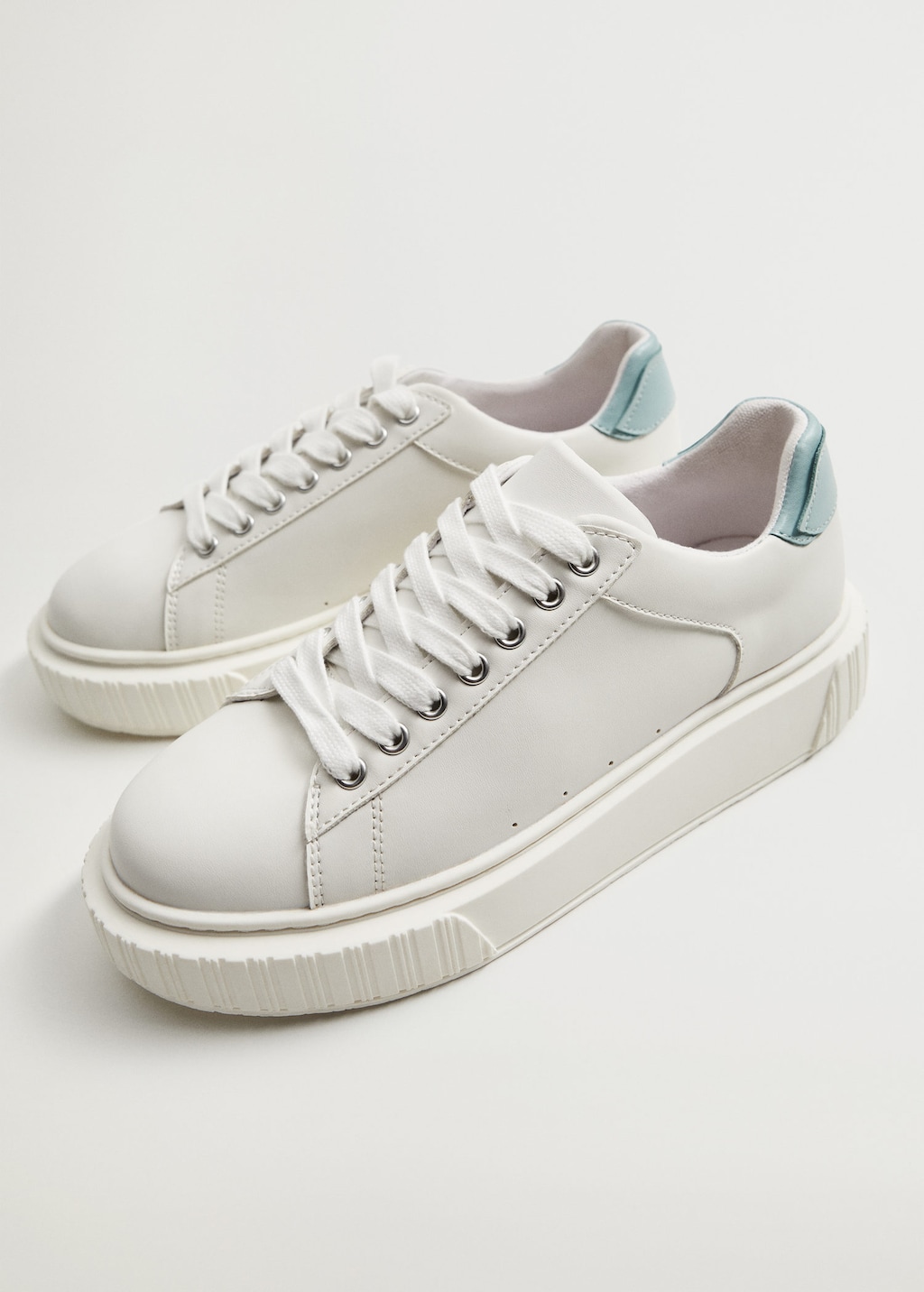5 Tips Hiking Boots Kids

When it comes to hiking with kids, having the right gear can make all the difference in ensuring a fun and safe experience for the whole family. One of the most critical pieces of equipment for kids is a good pair of hiking boots. Not only do they provide protection from rough terrain and potential hazards, but they also offer the necessary support and comfort for little feet on long hikes. Here are five tips for choosing the perfect hiking boots for kids:
1. Consider the Terrain and Weather
Before selecting hiking boots for kids, think about the type of terrain and weather conditions they will be hiking in. If they’ll be hiking in wet or muddy conditions, waterproof boots with good grip are essential. For dryer conditions or warmer weather, breathable boots that can prevent overheating might be more suitable. Understanding the environment will help you choose boots with the right features for comfort and safety.
2. Ensure the Right Fit
A proper fit is crucial for hiking boots. Ill-fitting boots can lead to discomfort, blisters, and even injuries. When trying on boots, make sure your child is wearing the same type of socks they plan to wear hiking. The boots should fit snugly but not too tight, with enough room for toes to wiggle. Also, consider purchasing boots in the late afternoon, as feet tend to swell throughout the day.
3. Look for Durability and Support
Kids can be rough on their gear, and hiking boots are no exception. Look for boots made from durable materials that can withstand rough handling and various terrains. Good support is also essential, especially for younger kids who may not have fully developed their balance and coordination. Ankle support and a sturdy sole can prevent twists and sprains.
4. Choose Boots with Breathability
While waterproofing is important in wet conditions, breathability is also crucial to prevent overheating and sweating. Boots with breathable membranes, such as Gore-Tex or similar technology, allow moisture to escape while keeping water out. This feature can significantly enhance comfort during long hikes.
5. Involve Your Child in the Selection Process
Letting your child help pick out their hiking boots can make them more excited about hiking and more likely to wear the boots. Consider their preferences for color and style, but also ensure that their chosen boots meet the necessary criteria for safety, durability, and comfort. Educating them about why certain features are important can also teach them about responsible hiking practices and gear selection.
Conclusion
Selecting the right hiking boots for kids is a key part of preparing them for outdoor adventures. By considering the terrain, ensuring a proper fit, prioritizing durability and support, choosing breathable models, and involving your child in the process, you can set them up for safe, enjoyable hikes. Remember, the goal is to foster a love for nature and outdoor activities, and the right gear can play a significant role in achieving that.
How often should kids’ hiking boots be replaced?
+Kids’ hiking boots should be replaced when they show significant signs of wear, such as sole detachment, deep creasing in the leather, or when they no longer fit properly. Generally, this can be every 1-3 years, depending on usage and growth.
What are the best materials for kids’ hiking boots?
+The best materials for kids’ hiking boots include waterproof and breathable membranes like Gore-Tex, durable leather or synthetic uppers, and rubber outsoles for grip and durability.
Can hiking boots be used in snowy conditions?
+While hiking boots can provide good insulation and support, they might not be the best choice for deep snowy conditions. Insulated, waterproof boots specifically designed for snow, such as snow boots or insulated hiking boots, are recommended for such conditions to keep feet warm and dry.



